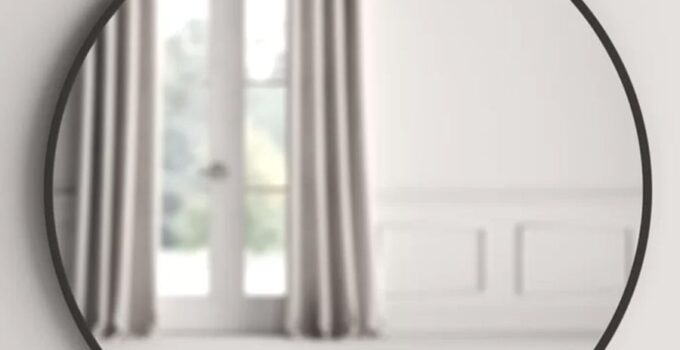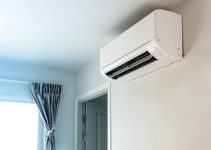Starting from smiling at our own reflection and rehearsing a more appealing demeanor, to having them show us what we left behind on the streets, to magnifying objects in the size range of micrometers to viewing heavenly bodies situated light years away from us , mirrors have catered to our countless optical requirements.
Over the course of time, the art of mirror making has undergone tremendous changes in terms of the materials used. This happened to improve the quality of the image produced and to increase their longevity. However, for a considerable time now, the fundamental process of manufacturing mirrors has been constant, irrespective of the material used as a base and for coating. Here are a few tips to understand the method of making mirrors.
1. Select base material with high reflectivity and low diffusivity
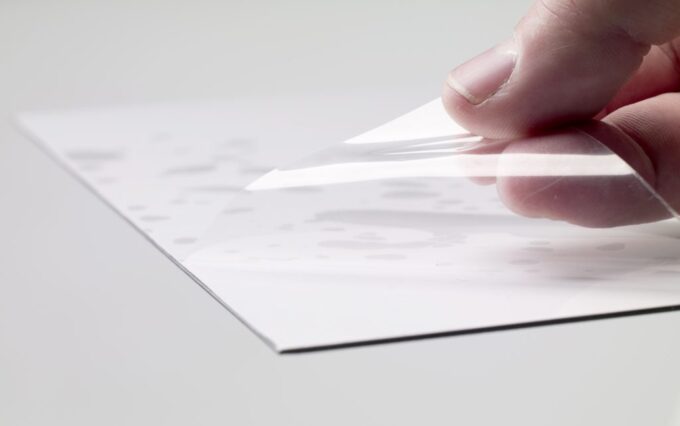
Source: air-craftglass.com
The principle on which mirrors work is the reflection of light. Surfaces like water, glass and polished metals which possess the ability to reflect almost all the light falling on them produce images of the viewer in them. The quality of the image greatly depends on the type of material used for making the mirror. Therefore the selection of the raw material becomes a vital step.
It should always be kept in mind that to get maximum reflectivity, opaqueness and smoothness of the surface are the two most important criteria. Highly diffusive surfaces tend to reduce the quality of the image. Also, non-uniform surfaces with a lot of pits can produce distorted images.
The most commonly chosen material for making mirrors is glass, which is finely beaten sheets of melted silica. Though a poor reflector in comparison to metals, glass is a popular choice because of the uniformity it presents after being polished with a metal. That makes it a favorable base for reflection. Moreover, its ability to be molded into a variety of shapes also makes it choiceable for the manufacturing of speciality mirrors.
Other materials like pyrex, strengthened with boron and plastic polymers are also used for mirror making to cater to different purposes like withstanding high temperatures during scientific experiments and making toys with less fragility respectively.
2. Be Sure Of The Purpose
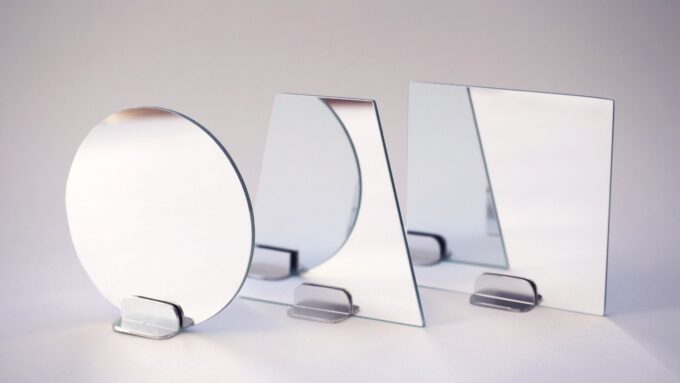
Source: opticalmirror.com
The design of the mirror greatly depends on its purpose. Be it a scientific grade mirror or mirror for domestic use, the basic requirements include the glass being flat, smooth and durable. After that, thickness and the extent of curvature have to be designed based on the needs. If you have come here to become well informed before putting a finger on the best mirror for your sweet home, then do check out everbettermirror before proceeding.
Where the mirror is going to be used also determines the type and place of coating. Usually, the back of the mirror is coated. However, the front-surface coating is a common practice in the production of scientific-grade mirrors to minimize the degree of distortion of light.
Coating materials also vary based on the purpose. If the mirror is supposed to reflect infrared rays, gold and silver coatings or dielectric coatings are chosen. Aluminum coatings are favorable for mirrors designed to reflect ultraviolet or visible light.
3. Cut And Grind The Glass Meticulously
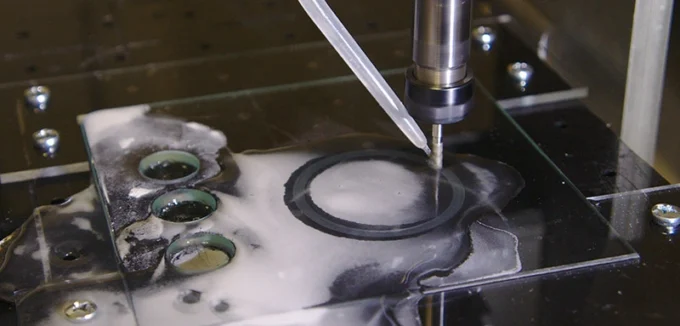
Source: hackaday.com
The flat sheets of glass are cut into glass blanks to fit the amount they are supposed to be in. In most cases, diamond saws are used to cut glass. This procedure is carried out before the layer of the metal coating is applied to avoid the coat from being peeled off. Following this, the glass blanks are taken to optical grinders.
These are machines that have depressions to hold the glass blanks. Once inside them, a gritty fluid is spread all over them and they are placed against a metal plate with varying surfaces like concave, flat and convex which can be chosen to suit the application. They are ground until the glass blanks are smooth and take after the shape of the grinding plate.
4. Coat the base material with a metal
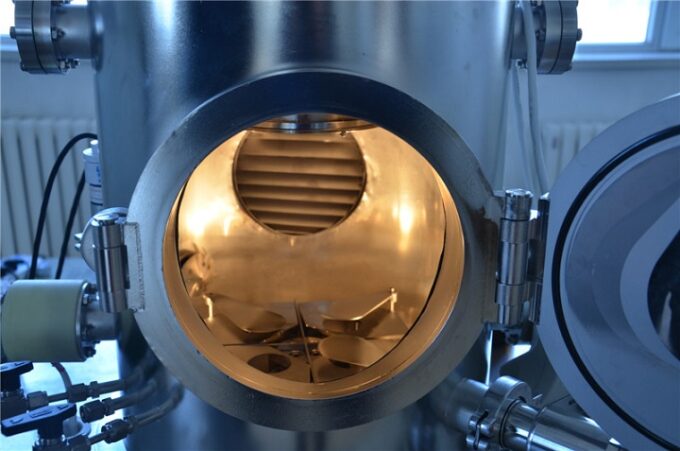
Source: mtixtl.com
The base material has to be coated with a metal to increase the reflectance. Without the coating, materials like glass would be transparent and not opaque, thus allowing light to pass through them completely.
Usually, metals like silver and gold are most popularly used for coating. Mercury was the desired coating material at the time and was chosen over silver for its uniform spreading abilities and the quality of not getting tarnished, unlike silver. However, since mercury is toxic, it was soon replaced with aluminium which prevails as the most common coating material.
It is imperative to remember that the coating has to be uniform. The passage of light through the varying thickness of a non-uniformly coated mirror will produce a distorted image and might also affect the brightness.
How Is The Coating Done?
The metal coating is applied in a large vacuum chamber called the evaporator. Irrespective of the material chosen for coating, the apparatus used remains the same. The chamber has an upper plate to hold the polished glass. Just below that, there is a container in which the metal is heated and melted. This leads to the evaporation and subsequent deposition of the metal on the surface.
5. Apply dielectric Coating To Enhance Durability
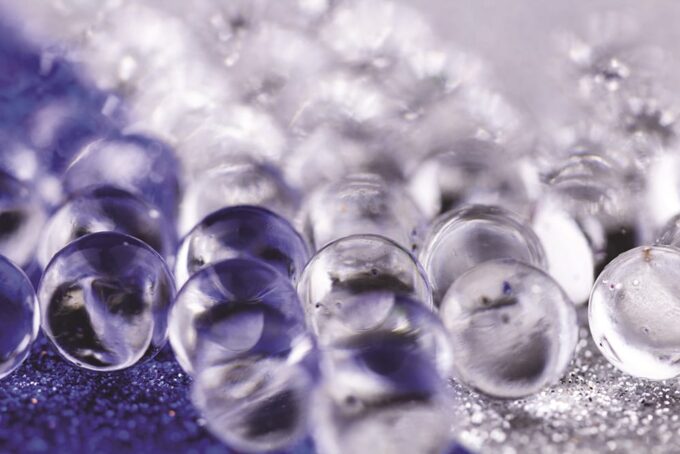
Source: paint.org
Besides metals, other compounds can also be used to coat mirrors. Two of the most commonly used substances are silicon oxide and silicon nitride. They are coated using evaporators too. Under high temperatures, they fuse to form a solid substance that deposits on the glass’s surface.
Multiple thin layers of uniform thickness are laid down on the glass to either provide a reflective layer or a protective layer on a metal coating. In addition to catering to these needs, dielectric coatings can also shoot up the durability to a great extent owing to being scratch resistant.
Conclusion
Though mirrors are almost ubiquitous, the nuances of their making are unknown to many. The type of material, the coatings to be used, the kind of coating and the curvature of the mirror play a very important role in determining the final quality of the image. In addition to ensuring proper reflectivity, the direction in which it bounces off light also plays an important role in the kind and intensity of the image formed. With the advancing technology of glass making, the mirror manufacturing industry is achieving greater heights, promising to bring out mirrors that not only produce excellent quality images but are also the great epitome of aesthetics.

